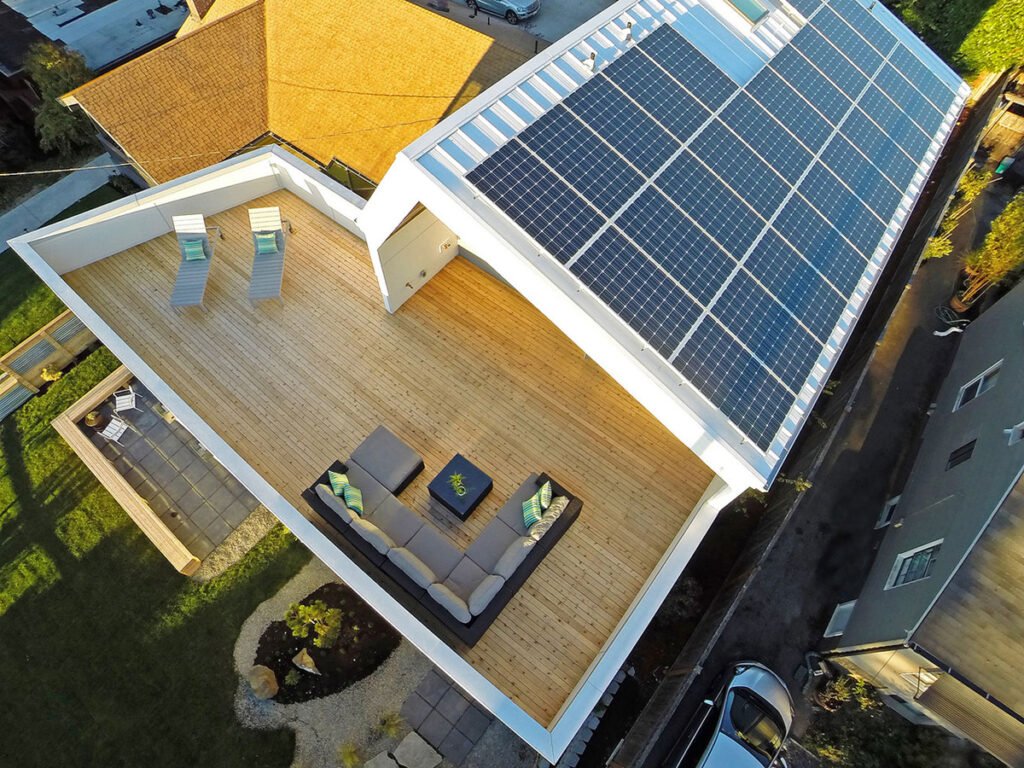Solar DESIGNING Serices
Solar designing, also known as solar system design or solar PV system design, is the process of creating a customized solar energy system that efficiently and effectively meets the energy needs of a specific location, be it a residential, commercial, or industrial property. A well-designed solar system takes into account various factors such as the site’s solar potential, energy consumption patterns, available space, and budget considerations. The goal is to optimize energy production, maximize cost savings, and ensure the system’s reliability and longevity.
Here are the key aspects involved in solar designing:
- Site Assessment: The first step in solar designing is to conduct a site assessment to evaluate the solar potential of the location. Factors such as solar irradiance, shading from nearby buildings or trees, roof orientation, and tilt angles are considered. This information helps determine the optimal placement and positioning of solar panels for maximum sunlight exposure.

- Energy Consumption Analysis: Understanding the property’s energy consumption patterns is crucial in determining the size of the solar system needed. Historical electricity usage data is analyzed to estimate the property’s average energy demand, peak loads, and seasonal variations.
- Load Analysis and Sizing: Based on the energy consumption analysis, the solar designer calculates the system size (in kilowatts or megawatts) required to meet the property’s electricity demand. The size of the solar system is chosen to offset a significant portion of the property’s energy consumption while considering budget constraints and available space.
- Solar Panel Selection: Solar designers choose the type and model of solar panels based on factors such as efficiency, cost, and available space. The selected panels should match the system’s electrical requirements and be compatible with other system components.
- Inverter and Balance of System Components: The solar system design includes selecting an appropriate inverter (or inverters) that converts the DC electricity generated by the solar panels into usable AC electricity. Balance of system components, such as mounting structures, wiring, safety equipment, and monitoring systems, are also integrated into the design.
- Battery Storage (if applicable): In off-grid or hybrid solar systems with battery storage, the solar designer selects the appropriate battery technology and capacity to store excess energy for use during times of low solar generation or grid outages.
- Electrical Schematics and Wiring: The solar system’s electrical schematics are drawn to illustrate the interconnections between solar panels, inverters, batteries (if present), and the property’s electrical system. Proper wiring and circuit design are crucial for safety and efficiency.
- Financial Analysis: Solar designers often provide a financial analysis, estimating the system’s upfront cost, potential energy savings over time, payback period, return on investment (ROI), and any available financial incentives or rebates.
- Permitting and Regulatory Compliance: The solar designer ensures that the system design complies with local building codes, zoning regulations, and utility interconnection requirements. They may assist with obtaining the necessary permits and approvals.
- Optimization and Performance Estimation: The solar system design is optimized to achieve the best possible energy production under the given constraints. Software tools and simulations may be used to estimate the system’s performance and energy output under various conditions.
- Documentation: The final solar system design is documented, including detailed technical specifications, equipment data sheets, electrical schematics, and any other necessary information.
Solar designing requires a thorough understanding of solar technology, electrical engineering, site analysis, and local regulations. Working with experienced solar designers ensures a well-planned and efficiently functioning solar energy system tailored to the specific needs of the property owner.

